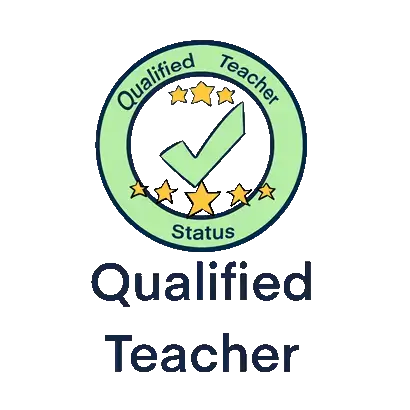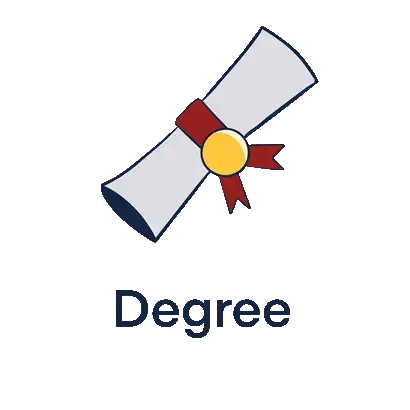Tips for Success: Approaching your IB History Extended Essay Topic
In this blog, Anna outlines the initial steps to choosing an IB History Extended Essay topic and question as well as how to approach the planning process.
Step 1 – Choosing your Topic
- The topic chosen must focus on the human past (at least 10 years ago). If you choose to ignore this, you will lose many marks across several criteria.
- It does not need to be a topic you are studying in your course, but can be. However, your supervisor must accept it.
- Try to avoid an overlap with your History IA question.
- There is a heavy emphasis on the use of BOTH primary and secondary sources and a broad range of different types of sources.
- Like your History IA, it is important that you keep the scope of your EE narrow to stay within the 4000 word limit.
Students often choose History for their EE as it lends itself well to essay writing as well as offering interesting topics. However, that does not mean it is just a matter of writing anything. There is a requirement that you ‘critically analyse’. Therefore, you must avoid questions that lead to a narrative response.
Step 2 – Choosing your question
Types of questions that work are:
- How successful…?
- How significant…?
- To what extent…?
- How far …?
Focused topics
- An examination of the economic reasons that led to the overthrow of the Tokugawa Shogunate in Japan.
- An evaluation of the success of denazification carried out in the US zone of Germany 1945–48.
- An examination of the extent to which the Holodomor in the Ukraine 1932–33 was a failure of Stalin’s policy of collectivisation.
- An examination of the extent to which the overthrow of Allende in 1973 was the result of external factors.
Too Broad topics
- The overthrow of the Tokugawa Shogunate in Japan.
- Denazification in Germany after the Second World War.
- The introduction of collectivisation in the Soviet Union.
- The coup against Allende 1973.
Don’t forget one of the key concepts should be addressed through your question:
- causation
- consequence
- change
- continuity
- significance
- perspectives
Step 3 – Selecting and Using Sources
Not enough sources?
There should be enough sources to make the investigation meaningful, and if you find there are not enough, then you should change your direction.
Sources
Possible approaches to the research question include:
- using primary and secondary sources in order to establish and appraise varying interpretations,
- analysing sources in order to explain changing views over time of particular happenings or developments,
- using source material for a case study or local history project, perhaps leading to a comparison of local and national developments,
- collecting and analysing oral and written data from family and other contacts to help explain past happenings, perhaps leading to a comparison of local and national developments,
- using all available sources to answer the question posed.[2]
Step 4 – How to approach your essay
Once you have decided on your topic and designed your question, usually with the help of your Supervisor, you need to decide how you will tackle the investigation. Before diving straight in it is advisable to create a flexible flow chart – outlining your approach.
An example of this is below:
Topic – The Cuban Missile Crisis and Containment.
Research question – To what extent were the objectives of the United States of America’s Policy of Containment achieved in relation to Cuba between April 1961 and October 1962?
Step 1 – General reading around the topic to provide myself with greater context and to select relevant sources.
Step 2 – More detailed research on the policy of Containment and whether changes were applied from its origins, using when possible both primary and secondary resources.
Step 3 – To research the Cuban Missile Crisis between April 1961 and 1962, using (when possible) both primary and secondary resources.
Step 4 – An examination and evaluation of different interpretations needs to addressed.
Step 5 – An evaluation as to whether the Policy of Containment in relation to Cuba between April 1961 and October 1962 was achieved, allowing a conclusion to be reached.
Step 6 – Select and evaluate at least two main sources using the OPCVL approach, but this should be later integrated into the main essay.
Step 7 – Select historical perspectives on the topic and be prepared to show why they have this opinion – again this should be integrated into the essay.
Step 8 – Decide on subheadings, if required, for the essay. Don’t forget it essential that you record your research notes. See how to do this in my blog ‘Tips for success: How to research your IB History IA’, as the same process applies. [1]https://ibpublishing.ibo.org/extendedessay/apps/dpapp/guide.html?doc=d_0_eeyyy_gui_1602_1_e&part=10&chapter=6§ion=2[2]https://ibpublishing.ibo.org/extendedessay/apps/dpapp/guide.html?doc=d_0_eeyyy_gui_1602_1_e&part=10&chapter=6§ion=3







Start the discussion!